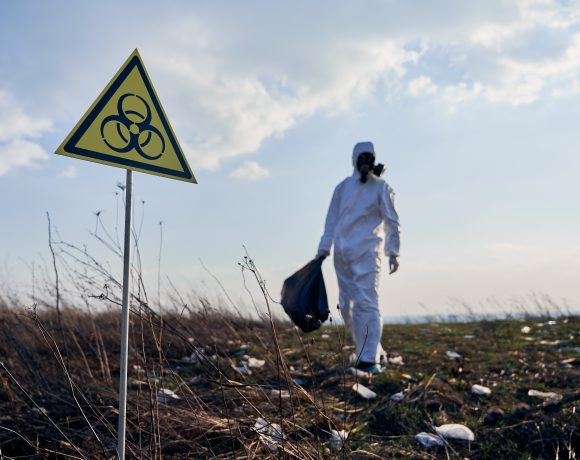
Boeing 787 Software Glitch Suspected in AI-171 Crash
A former U.S. aviation official and industry attorney has raised serious concerns that a software failure aboard the Boeing 787 Dreamliner may have triggered the tragic crash of Air India flight AI-171 in May 2025, which killed all 274 people on board. Mary Schiavo, former Inspector General of the U.S. Department of Transportation, in an exclusive interview with The Sunday Guardian, believes the incident may have involved a catastrophic engine thrust rollback caused by faulty sensor input processed by the aircraft’s automated systems. Her warning centers on the aircraft’s Thrust Control Malfunction Accommodation (TCMA) logic, which is part of the Full Authority Digital Engine Control (FADEC) system. This setup is designed to automatically reduce engine thrust under specific conditions, such as when the aircraft is assumed to be on the ground. However, if sensors misclassify an in-flight situation as a ground condition, both engines may receive a command to throttle down—potentially leading to a dual-engine rollback just seconds after takeoff. Such an event would make recovery nearly impossible at low altitude.
Software Failure Revisited
Schiavo cited past incidents involving similar rollback events in other 787s, including one in 2019 where a Japan-based airline experienced a near-catastrophe due to dual thrust rollback. While Boeing issued fixes following regulatory pressure, questions remain about whether those updates were universally applied across all Dreamliners. The Air India crash has now renewed scrutiny of Boeing’s software systems—already under fire after the 737 MAX MCAS debacle. Aviation safety experts are pressing for a deeper probe into whether Boeing’s software protocols were followed and whether known issues were ignored or inadequately addressed.
Urgent Call for Independent Investigation
The attorney has called on India’s Directorate General of Civil Aviation (DGCA) to carry out a comprehensive and independent review of the crash. This includes analysis of FADEC logs, maintenance history, software patch compliance, and any real-time data sent to Boeing or Air India. She emphasized the importance of transparency for grieving families and warned that investigations relying too heavily on manufacturer data could undermine public trust. According to Schiavo, families must remain engaged, stating, “Family pressure helps ensure accountability,” especially in complex cases involving major manufacturers.
What Investigators May Uncover
Current probes involving the DGCA, Boeing, and international aviation authorities are expected to examine the aircraft’s black box and flight data recorders to determine whether software-driven thrust rollback occurred during takeoff. Depending on the results, authorities may consider grounding or reprogramming the 787 fleet globally, as was done with the 737 MAX after its twin crashes. If proven, this incident could add to Boeing’s growing list of systemic design and software oversights. The crash of AI-171 may ultimately reshape global aviation safety protocols around automation and compel regulators to tighten oversight on manufacturers’ post-incident compliance.


















